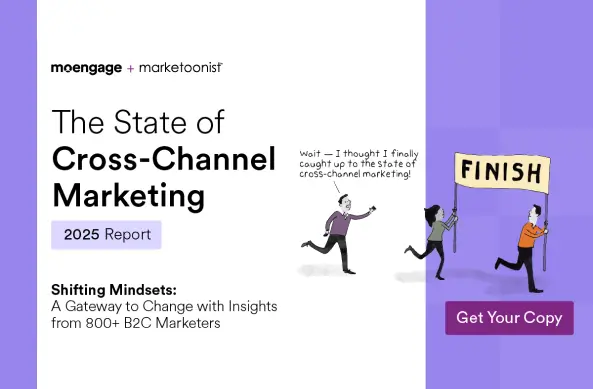Introducing Conditional Split: Create Robust Customer Journeys That Cover Every Possibility
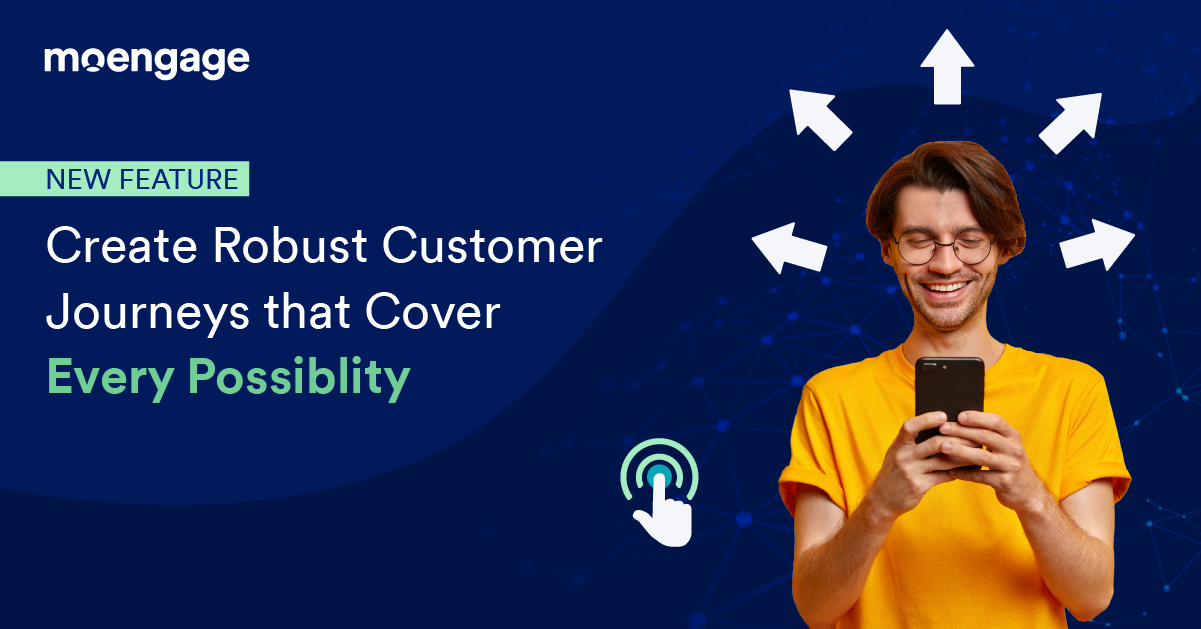
Reading Time: 5 minutes
Imagine if Dr. Strange only saw two outcomes instead of fourteen million six hundred and five. Thanos would have stayed the winner, and there wouldn’t have been an infinity war. Half the world’s population, lost forever.
In the same way, marketers might lose out on exciting opportunities to engage customers if they follow a binary approach instead of exploring multiple possibilities. To solve this problem, we’re excited to announce the launch of Conditional Splits for your Flows.
A Flow in MoEngage allows you to quickly create, visualize, and deploy multi-touch campaigns. You can combine multiple Flows to create the perfect customer journey from start to finish. With the new Conditional Split launch, you can customize every Flow to add up to 25 possible combinations following each touchpoint.
What Can You Do With Conditional Split?
Earlier, marketers creating customer journeys only had the option of creating ‘yes’ or ‘no’ conditions at each step. This meant that customer journeys depended only on whether a customer performed a particular action or not.
But since each customer journey can have several different outcomes, a binary yes or no option requires you to create multiple complex flows, leaving room for human error.
With this update, you can add up to 25 parallel branches in one Flow with Conditional Split and reduce the need to create multiple Flows for each option.
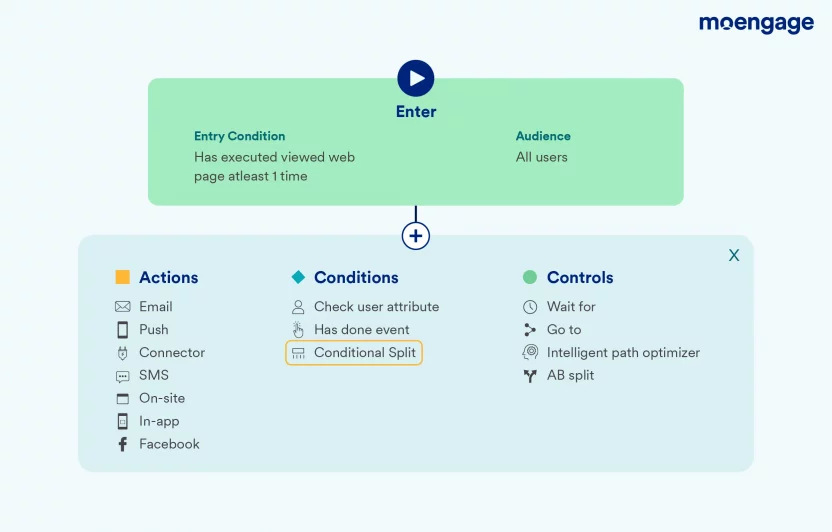
You can split customers into different paths based on:
- Combinations of events and attributes: Until now, you could split customers based on whether or not they’ve performed a particular action, for example, if they’ve added a product to their cart or opted for a credit card. With the new launch, you can create deeper personalization by splitting customers based on multiple options, such as whether they’ve added to the cart from category A or B, or the type of credit card they’ve opted for.
- Different values of the same attribute: You can send customers down Journey A if they like to listen to rap music, Journey B if they prefer pop, and Journey C if they’re of the psychedelic rock kind. You can show them music from similar artists to increase their engagement and retention.
Conditional Split for Your Vertical
Here’s how you can use conditional split for your vertical:
Retail and E-commerce
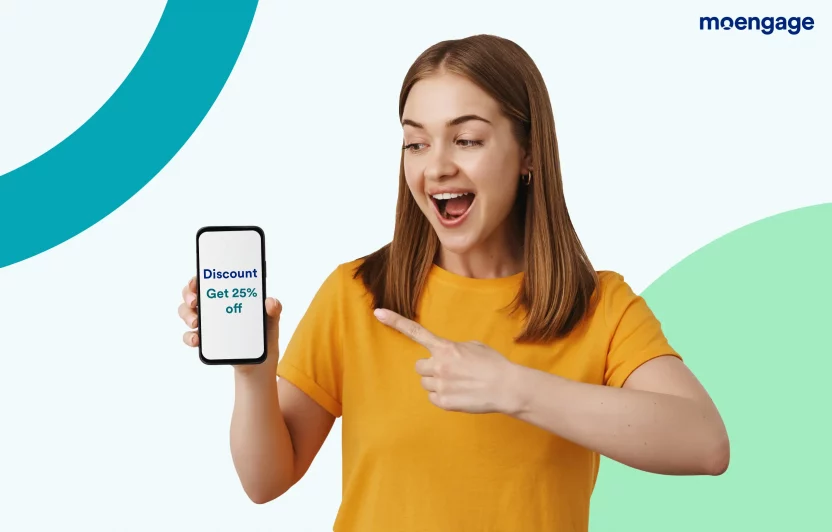
Imagine you’ve rolled out a discount for a new product, and you’re promoting this across channels. It’s safe to assume that different members across your target audience will react to the offer differently. Conditional Split allows you to account for several possible reactions to the offer:
- Customers who viewed an offer and did not click: These customers could be contemplating making a purchase, or perhaps felt that the offer wasn’t good enough. Engage this segment with a reminder after 24 hours or a higher discount.
- Customers who clicked on the offer but didn’t convert: This group probably had the intent to make a purchase but abandoned it when distracted by a call or notification of some kind. You can engage this segment with a timely reminder that creates a fear of missing out.
- Customers who clicked on the offer and converted: This one’s the best-case scenario. To encourage repeat purchases, you could push similar offers to this target group or products similar to the one already purchased.
Banking and Fintech
Financial products are a significant commitment. Customers may stop and start the application process several times. Let’s take the example of customers applying for a credit card and their possible behavior variations.
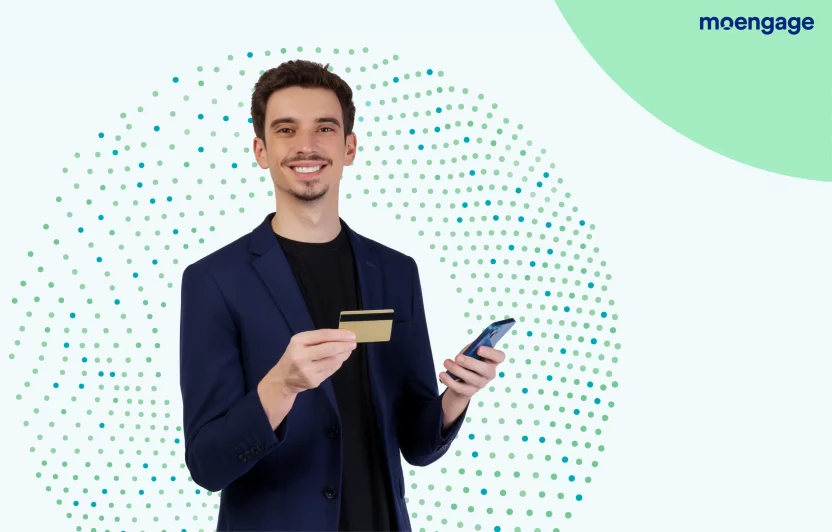
- Customers who started a credit card application and are less than 3 steps away from completion: This is a fair indication that the customer is interested in the credit card. You can send these customers a reminder to complete the application after 24 hours.
- Customers who started a credit card application but are more than 3 steps away from completion: This group may be facing trouble with the application process. You can send them a notification asking if they need assistance with the application or redirect them to the FAQs section.
- Customers who started an application but couldn’t complete it because of an error: Here, the issue is clear. You should send a message that addresses the issue and offers a handy resolution.
- Customers who haven’t started the application: This group may need a little push or an incentive that makes the product more appealing. Try changing the value proposition or adding an extra benefit for this group.
Audio and Video Streaming Brands
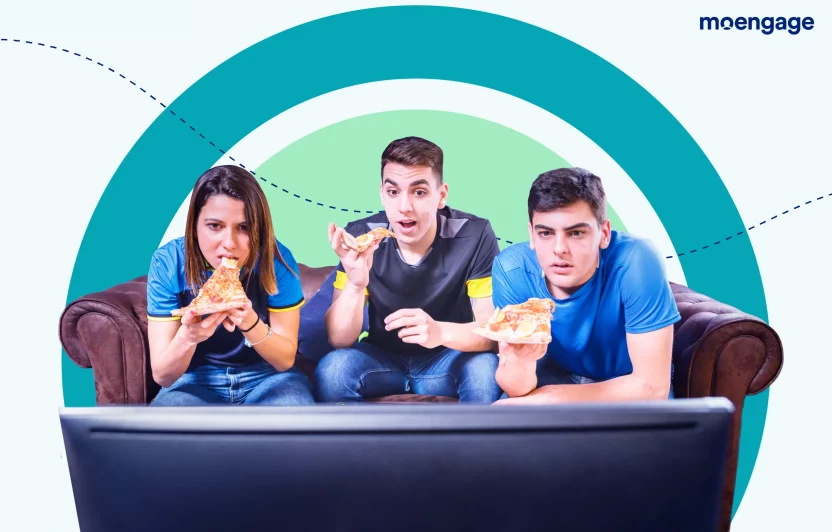
The streaming space has immense potential for personalized customer engagement. Let’s take the thriller genre, for example. There could be different audience groups based on varying levels of customer interest, such as:
- Viewers who have watched >2 episodes in this genre since entering the flow: This group is invested in this genre. You can send them notifications about similar new thrillers to keep their interest piqued.
- Viewers who watched one episode in the genre since entering the flow: You can nudge this group to continue watching other episodes or watch a similar show that matches their interest.
- Viewers who have never watched any thrillers: Since this segment has shown no interest in the genre, they can be encouraged to try it out with notifications highlighting how popular a show is.
Social Media and News Platforms

Social media and news platforms usually share the same content in several languages. This enables customers from multiple regions to access quality content based on their favorite language. Here’s how Conditional Splits can help this industry:
- Known languages contain Spanish: You can notify this group about the Spanish content catalog on the app.
- Known languages contain French: You can show this group French-language content, in particular, on the app home screen.
- Known languages contain Bahasa: You can send these customers notifications of the latest shows/videos/articles in Bahasa on the app.
- Default branch (English): You can show this group notifications around their region’s most popular English shows.
Conclusion
Marketing and customer engagement in 2022 is about personalization and predicting your customer’s next move. With Conditional Paths, we’ve just made it that much easier. Simplify all your Flows as you account for multiple branches and leverage unique customer actions to push relevant notifications and offers.
If you’re an existing customer, you can reach out to your account manager to try it out.
You can also get in touch today to learn more.

